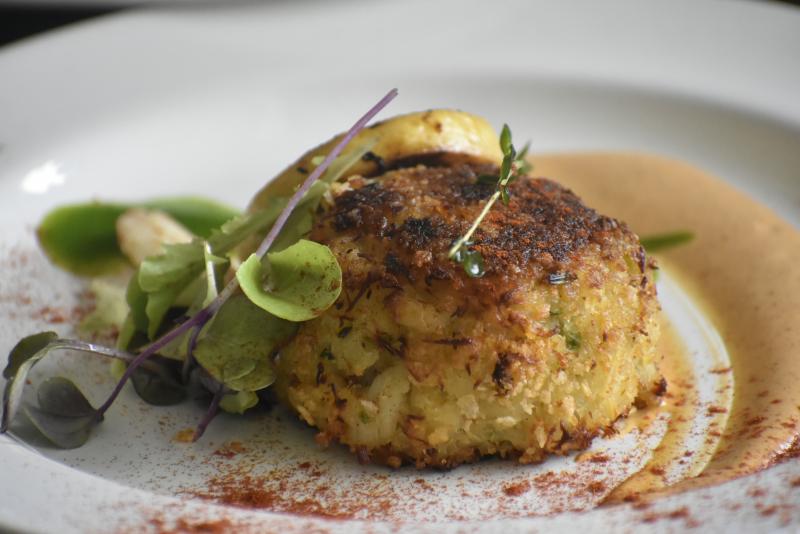
GREAT SALT LAKE, Utah (ABC4) – Individually, the brine shrimp that make their home each year at the Great Salt Lake are quite small, with a body length of around 10 millimeters and a bodyweight measured less than 0.003 of an ounce.
However, put together the combined weight of the billions of brine shrimp that are strategically harvested from the salt lake each year, you’d have the equivalent biomass of 1.8 million humans, contributing $16 million to Utah’s economy.
These little “sea monkeys,” as they’re nicknamed, are big business in the Beehive State.
While they may be minuscule on their own, brine shrimp are an incredibly resilient and unique species. There are only a handful of places on earth that can sustain the shrimp and provide the type of environment where they can survive and thrive for their entire life span each year. The Great Salt Lake happens to be one of those places. About five times saltier than the ocean, the Great Salt Lake’s high salience of about 12% to 16% salt content makes for “an awesome place for brine shrimp to live,” according to lake researcher Jaimi Butler, who works for Westminster College’s Great Salt Lake Institute.

If Butler had things her way, the brine shrimp or the “cows of the Great Salt Lake,” as she likes to call them, would be the official state crustacean. Currently, Utah does not have a state crustacean, but the state is well aware of the impact these creatures have on the local economy, with a sophisticated management structure in place to ensure the supply of sea monkeys is replenished each year.
Known for clouding the lake’s surface each year and requiring that harvesting companies gather the animals by using the same technology and process that is used by oil companies to clean up oil spills at seas, the brine shrimp are a fascinating species. Not only do they live in extremely salty conditions each year, but they also won’t hatch from their eggs unless conditions are perfect. If they don’t have the ideal surroundings, in terms of food supply or salt levels, their eggs can harden into cysts, which can preserve the embryos for a stunning amount of time.
In the 1990s, one oil exploration crew found a bunch of cysts in between layers of salt. As an experiment, the crew and researchers added some water to the cysts to see if they could hatch. A few did, and after radiocarbon dating, it estimated that they had been there for 10,000 years. Research documents provided to ABC4 from Butler show that some cysts over 600,000 years old have been discovered.
Not only are these tiny yet powerful creatures incredibly interesting from a research perspective, but they also have great practical usage. The sea of shrimp attracts hundreds of thousands of birds to the area each year, including the eared grebe, which flies to the Great Salt Lake to safely graze and eat while it becomes flightless during molting season. The eared grebe can migrate over 3,500 miles to arrive at the Great Salt Lake to chow down and double its body weight by eating sea monkeys each year.

Humans also benefit from the brine shrimp supply each year. Collected by a group of harvesting companies run by people who Butler says know the lake better than anyone, the shrimp can be sold across the world. Due to their high protein content, the brine shrimp make great food for the creatures that end up on human dinner tables, including prawns. Butler says last year alone, around 50 million pounds of brine shrimp were raked in from the Great Salt Lake.

Although these animals are quite tiny and can seem insignificant to those who haven’t taken the time to learn about their impact, brine shrimp are a vital part of Utah’s livelihood. A longtime member of several groups that work to continue the shrimps’ legacy at the Great Salt Lake, Butler feels the symbiosis between the scientists that study the sea monkeys, the harvesters that collect and sell them, and the politicians that protect them can be a metaphor for a harmonious society.
“With the brine shrimp industry, the state of Utah has done such an amazing job and really should be a model for how people can work together to manage an industry and work together,” says Butler. “It’s really cool and very inspiring.”
The Link LonkMay 13, 2021 at 05:23AM
https://ift.tt/3bk1oJ9
‘Cows of the lake’: Why the Great Salt Lake’s brine shrimp matter to Utah - ABC 4
https://ift.tt/3eNRKhS
shrimp

No comments:
Post a Comment